Happy Women’s Equality Day!
August 26th is Women’s Equality Day. Celebrate it with us by recognizing the women who fought for our rights.
To commemorate the holiday and the women who worked to give us these freedoms, here are some significant dates and people of the United States Women’s Suffrage movement.
Without the incredible patience and work of the suffragettes of the late 19th and early 20th centuries, who knows what women’s rights would look like today. Women’s Equality Day celebrates their incredible determination and patience that ultimately led to the 19th Amendment of the United States Constitution - the Amendment that grants women the right to vote.
1800's
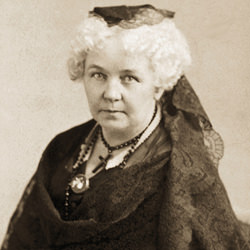
1848
The first women's rights convention, called the Seneca Falls Convention, is held. This convention is the first public declaration for women’s suffrage, proposed by Elizabeth Cady Stanton.
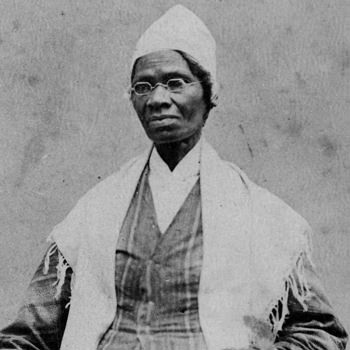
1851
Sojourner Truth, a former slave, delivered her famous “Ain’t I a Woman” speech at the national women’s rights convention in Akron, Ohio.
She rallied activism with the line: “if the first woman God ever made was strong enough to turn the world upside down all alone, these women together ought to be able to turn it back, and get it right side up again!”
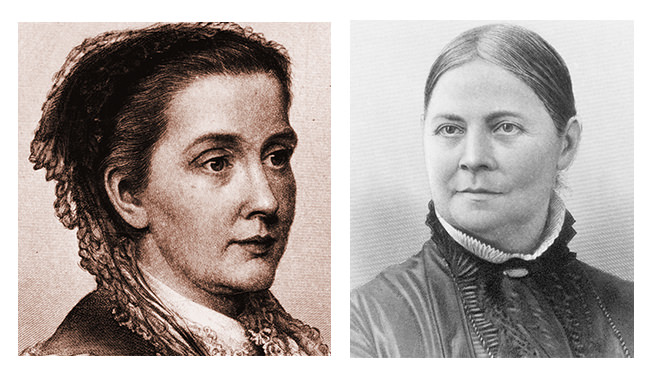
1869
The American Woman Suffrage Association (AWSA) was led by Julia Ward Howe (left) and Lucy Stone (right). Unlike the National Woman Suffrage Association founded by Susan B. Anthony and Elizabeth Cady Stanton, which took the stance that black men should not be able to vote before white women, the AWSA supported suffrage of all races and sexes.
1870
The 15th Amendment, which states that neither the United States nor any State can deny the right to vote "on account of race, color, or previous condition of servitude," is adopted.
This amendment does not mention women’s right to vote, leaving that decision in the hands of individual states.

1872
Susan B. Anthony is arrested for registering and voting in Rochester, New York. She claims the Fourteenth Amendment [“No state shall make or enforce any law which shall abridge the privileges or immunities of citizens of the United States”] gives her that right.
The next year, she is taken to trial for this action and loses her case. She is fined $100, which she never pays. This incident incited national rage and helped to fuel the women’s suffrage movement.

Victoria Woodhull, a suffrage leader, ran for President of the United States. She was the first female to run for office and was nominated by the Equal Rights Party. She ran on a platform of women’s suffrage and equal rights.
In addition to this monumental first, she was also the first woman to own a brokerage firm on Wall Street and the first woman to start a weekly newspaper. She did not win the election, though she would live to see the 19th Amendment enacted.
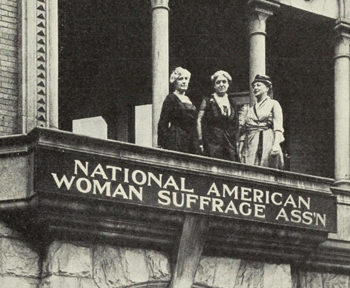
1890
The two major women’s rights organizations – the National Woman Suffrage Association and the American Woman Suffrage Association – merged to form the National American Woman Suffrage Association. This merger brought together feminist powerhouses Elizabeth Cady Stanton, Lucy Stone, and Susan B. Anthony to execute a strategy to push for the ratification of enough state suffrage amendments to force Congress to approve a federal amendment.
There were 20 states that granted women’s right to vote before the passing of the 19th Amendment including Alaska, Arizona, Arkansas, California, Colorado, Idaho, Illinois, Indiana, Kansas, Michigan, Montana, Nebraska, New York, North Dakota, Oklahoma, Oregon, South Dakota, Utah, Washington, and Wyoming.
1900's
1908
Johanna Pinther, Jeanette Pinther, and Lillian Harris Coffin lead the first suffrage parade in Oakland, California. Nearly 300 women marched a mile to the California State Republican Convention in an effort to add women’s suffrage to the California Republican platform. In 1909, the Party heeded and added women’s suffrage to its platform. California allowed women to vote in 1911, the sixth state to do so.
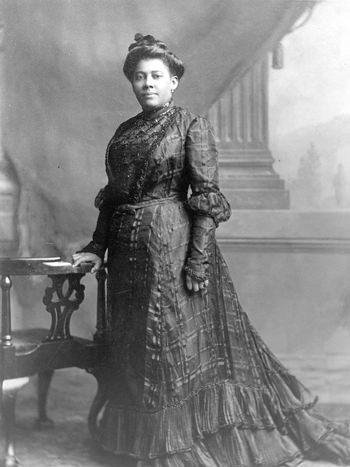
1915
Mary B. Talbert gives a voice to the struggle of African American suffragettes in an article for the August edition of Crisis. She wrote: “with us as colored women, this struggle becomes two-fold, first, because we are women and second, because we are colored women.”
1918
The Nineteenth Amendment is publicly supported by President Wilson and passed the U.S. House with a two-thirds vote. However, it loses by two votes in the Senate.
1920
The 19th Amendment of the United States Constitution states:
“The right of citizens of the United States to vote shall not be denied or abridged by the United States or by any State on account of sex.”
Let this incredible history be a reminder that change does not happen overnight and without great action. We, the people, hold the power in our government and it is our responsibility to educate ourselves and to vote.
Please make sure that you are registered to vote now by visiting vote.gov.